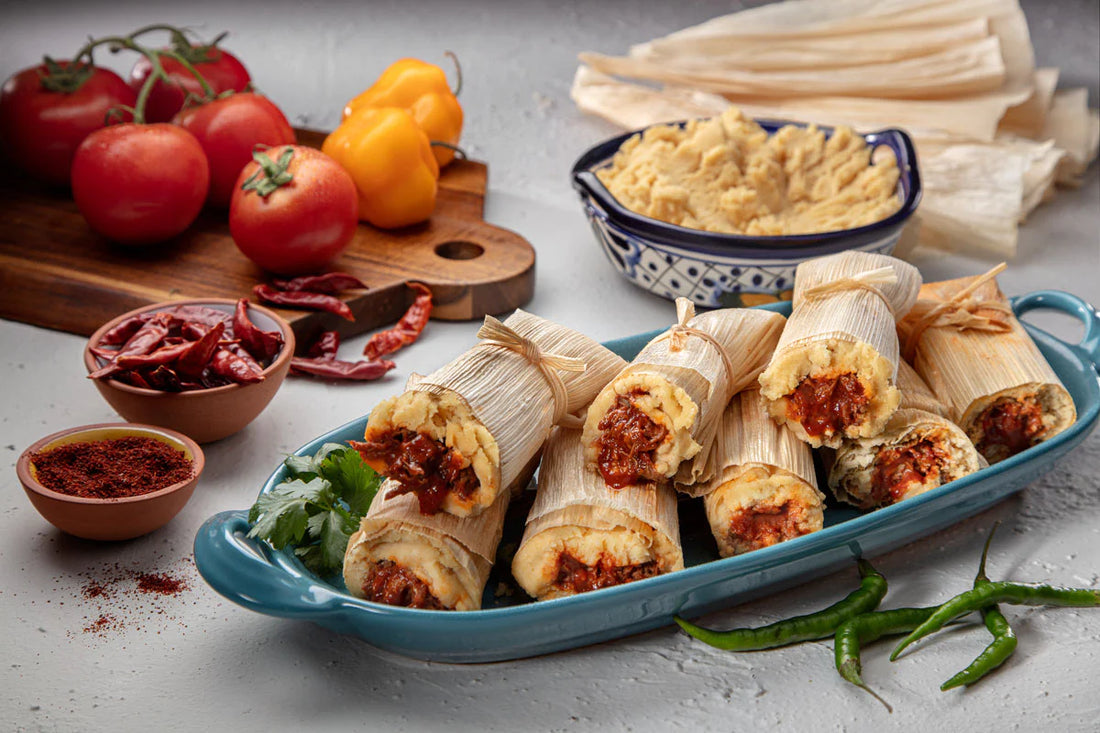Do you want to reap the benefits of a keto diet but don't know how to count your carbs? You’re not alone and definitely need to read more below! What you’re about to learn is going to help you reach to keto diet goals faster.
When speaking with friends who are just starting a keto or low-carb diet, we frequently find there’s a lot of confusion about the difference between Total Carbs and Net Carbs. In fact, in a recent conversation with a guest on one of our social sites, the guest stated “Net carbs are a fallacy…” and “…Net Carbs are bogus marketing”.
What?…
I was really surprised by this, as understanding what Net Carbs are and why they’re important is critical for anyone trying to successfully to make the right food choices on a low-carb diet. Without knowing how to calculate net carbs, it is almost impossible to know whether the food you’re eating is truly low-carb or not.
The fact is this: if a consumer doesn’t read the food label and understand the difference between the total carbs and the net carbs, they have no chance to know how much blood sugar-spiking and fat-adding carbs they’re consuming. Here’s why…
Net carbs are a way of measuring the amount of carbohydrates in a food that can be absorbed and used by the body. They are calculated by subtracting the amount of fiber, sugar alcohols, and other non-digestible carbohydrates from the total carbohydrate content of a food. This allows people to more accurately track the amount of carbohydrates they are consuming, as not all carbs have the same effect on blood sugar and insulin levels.
Who cares?
Net carbs are often used by people following a low-carb diet, such as the ketogenic diet, as a way to monitor their carbohydrate intake and help them reach their dietary goals.
The main goal of a low-carb diet is to minimize the intake of sugars and starches. The reason is because sugars and starches are converted to glycogen and in excess converted (with the help of insulin) into fat. So, if you're making keto bread, or keto tortillas, or hey, even keto tamales you really want to know how many net carbs are going into the keto recipe.
So where do I start?
Well, it starts with the Nutrition Facts Panel, also called the “NFP”. The NFP is required by the U.S. Food and Drug Administration (FDA) to be on most packaged foods. The information on the panel is based on the product's nutritional content, which must be declared by the manufacturer. The information is derived from a variety of sources, including testing of the finished product, as well as ingredient and nutrient databases. The FDA has established specific guidelines for determining serving sizes and the amounts of nutrients that must be declared on the panel. The panel must also include information about any nutrients that are required to be added to the food, such as folic acid in fortified grain products.
What this means is that food maker cannot “make up” the nutritional facts data. It has to come from testing or approved food nutritional databases.
Where is the Nutrition Facts Panel and what does it list?
An NFP is usually on the back or side of the package and states the nutrient content of a food sample. The specific information that must be included on the panel is:
- Serving size: The serving size must be listed in both metric and common household measures, such as cups or ounces.
- Servings per container: The number of servings per container must be listed.
- Calories: The number of calories per serving must be listed.
- Nutrients: The panel must list the amount of certain nutrients in the product, including total fat, saturated fat, trans fat, cholesterol, sodium, total carbohydrate, dietary fiber, sugars, and protein.
- Percent daily values (%DV): The panel must also list the percent daily value (%DV) for certain nutrients. The %DV is a reference intake based on a daily diet of 2,000 calories and is meant to help consumers understand how a particular food fits into their overall daily diet.
- Other information: The panel may also include information about other nutrients, such as vitamin A, vitamin C, calcium, and iron. In addition, the panel may list the amounts of any nutrient that has been added to the food, such as folic acid in fortified grain products.
- Allergens: If the product contains any allergens that are required to be declared by law, such as peanuts or tree nuts, this information must also be listed on the panel.
This information is useful for understanding the nutritional content of a food and can be used to help plan a healthy diet. So let’s take a look at the NFP for Sonora Keto Bolillo bread mix.

What am I looking at?
The first piece of information to understand is the serving size section. This is located at the top. This will first tell you how many servings are in the package. For the Bolillo NFP, it states 8 servings. So this means you will be able to make 8 keto dinner rolls (bolillos) with one bag of mix.
The next piece of information is the serving size. The example panel is stating “1/8 bag dry mix”. This means that if you make 8 rolls, the information on the panel will describe the nutritional content for one keto bolillo.
The next section is calories. This is important, even on a keto diet, so don’t skim too fast past that information. This can add up if you’re eating more than one serving.
Below that is a list of a number of different nutrients. For low-carb or keto dieters, it is the part of the NFP that lists Total Carbohydrates and then an indented breakdown of carbs from fiber, sugar alcohols and sugar that is critical.
With our Sonora Keto Bolillo, you see the total carbs is 7 grams. Indented underneath total carbs is a list of the different types of carbs included in the total. This is where everything you need to know about net carbs is located.
On the Bolillo label, you see that carbs from dietary fiber is 6 grams and carbs from sugars is 1 gram. Carbs from dietary fiber and sugar alcohols are not digested — they are not absorbed by your body. This means they pass through and do not contribute to fat storage.
So the math for Sonora Keto Bolillo net carbs (the carbs your body actually absorbs) is the total carbs (7 grams) minus the total non-digestible carbs (6 grams fiber): 7g - 6g = 1g net carbs.
Yes, that’s right — that Mexican Keto Bolillo / French Bread roll has 1g net carbs! Anyway, we digress; let’s go back to the topic.
So in that example, distinguishing between what the Total Carbs and what the Net Carbs are is critical. Someone on a low-carb or diabetic diet will appreciate knowing that the product has 7 grams total carbs, but only 1 gram of that is sugars.
Additionally, it tells the consumer how many carbs are being absorbed with larger serving sizes. In the case of the Keto Bolillo mix, a consumer might choose to make 4 sandwich-sized (or Mexican keto torta) rolls with one bag of mix. That means the serving size has doubled and now the net carbs for the keto torta bun is 2 grams.
Or a consumer could choose to use the entire bag to make one giant load of keto French bread. One loaf would be 8 servings x 1 grams = 8 grams net carbs per loaf.
Some products (especially keto, low-carb and sugar-free products) will include “sugar alcohols” indented underneath total carbs. They are called "sugar alcohols" because they are chemically similar to both sugar and alcohol, but they are not actually sugar or alcohol. Some common types of sugar alcohols include xylitol, erythritol, and lactitol. Sugar alcohols are also not absorbed, so this means you also subtract them from total carbs.
Important Note: Digestible and non-digestible carbs do not cancel each other out.
It is important to understand an important point, a digestible carb (like a starch) is not “canceled out” by a non-digestible carb (like fiber). Many people who are making keto bread recipes at home believe that if they have 10 grams of digestible carbs (like those coming from wheat flour) and they add 10 grams of psyllium husk fiber (non-digestible carbs), the net carbs is 10g - 10g = 0 grams net carbs.
But this isn’t correct, again net carbs is that total digestible carbs after non-digestible carbs have been removed. This means that the are at least 20 grams (10g plus 10g) total carbs, and at least 10 grams net carbs (20 grams total minus 10 grams fiber). Understanding now?
The other point is that the usefulness of total carbs and net carbs serves groups with different goals. There are people who will be looking at the label the lens of controlling blood sugar (a diabetic lens). Others are looking at the label through the lens of controlling intake of sugars to avoid potential conversion of them into fat (a weight loss lens). In both cases, understanding what total carbs and net carbs are on a nutrition panel is very useful.
We hope this helps and good luck on your journey to better nutrition!
Ready to make some delicious Sonora Keto Bolillos yet?
Saludos!

